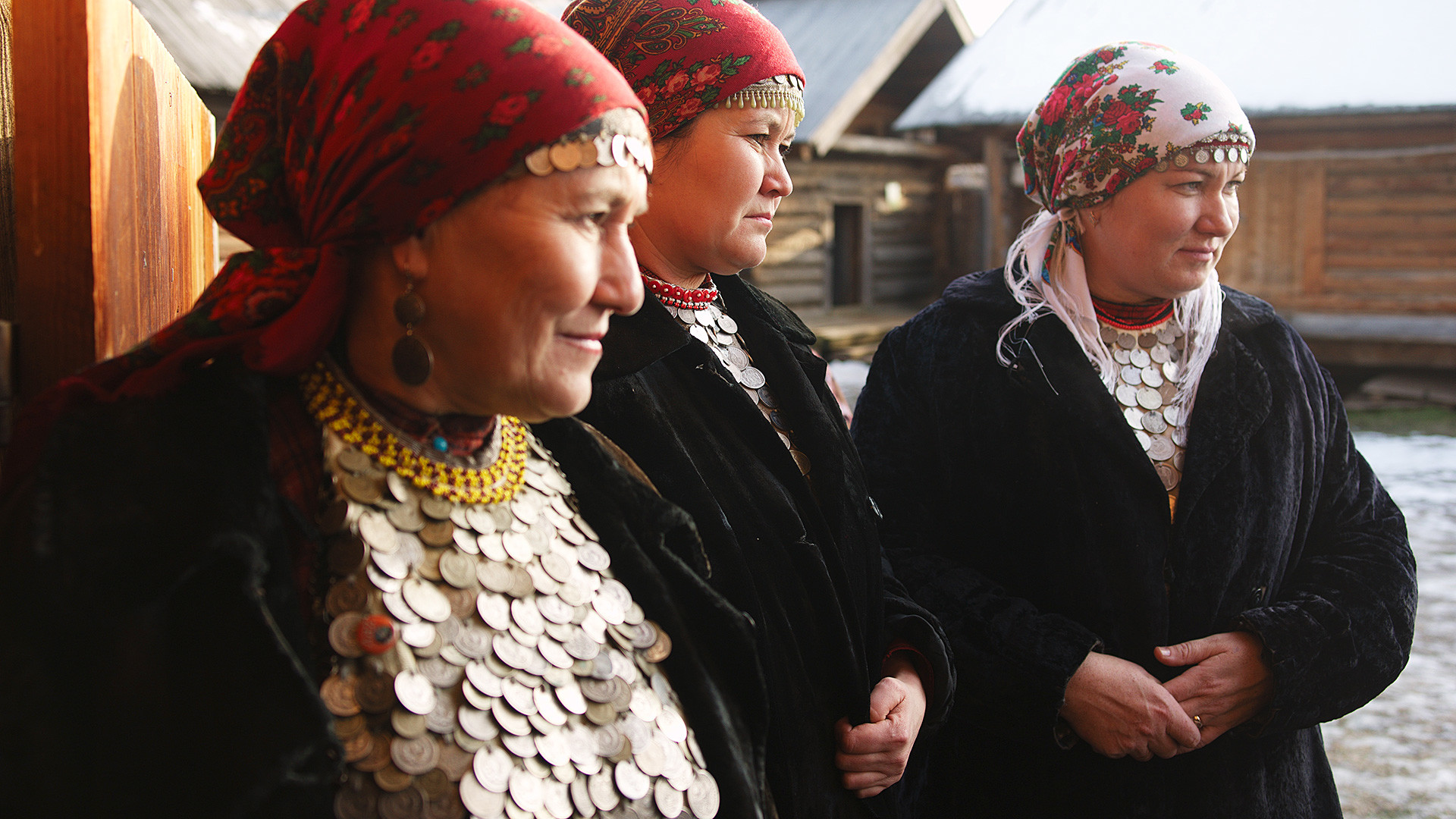
Why Russia’s pagan Udmurts are feared
Dmitry ErmakovOduvanchik’s head is fully covered with embroidered shawls and it’s not clear what color her hair is – red, which many would say is a sign of a real Udmurt
“In order to find out what color a woman’s hair is, you need not look at her head,” she laughs. In the frosty
As is her name, which is not Oduvanchik but actually Svetlana. She was called Oduvanchik before Udmurts were required to obtain passports and get “normal” names. She is also a pagan. Just like every Udmurt in his or her soul, she says. We are standing by the sacred Kuala hut. It looks like a usual Russian log izba.
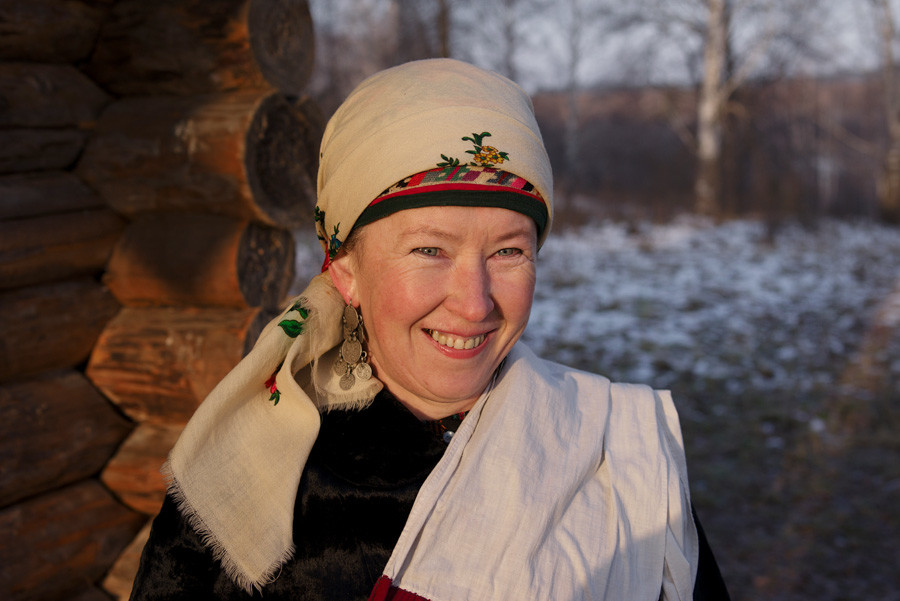
Oduvanchik-Svetlana
Dmitry Ermakov“Udmurts are polytheists. We can’t really describe what we believe in. The essence of faith
Inside the
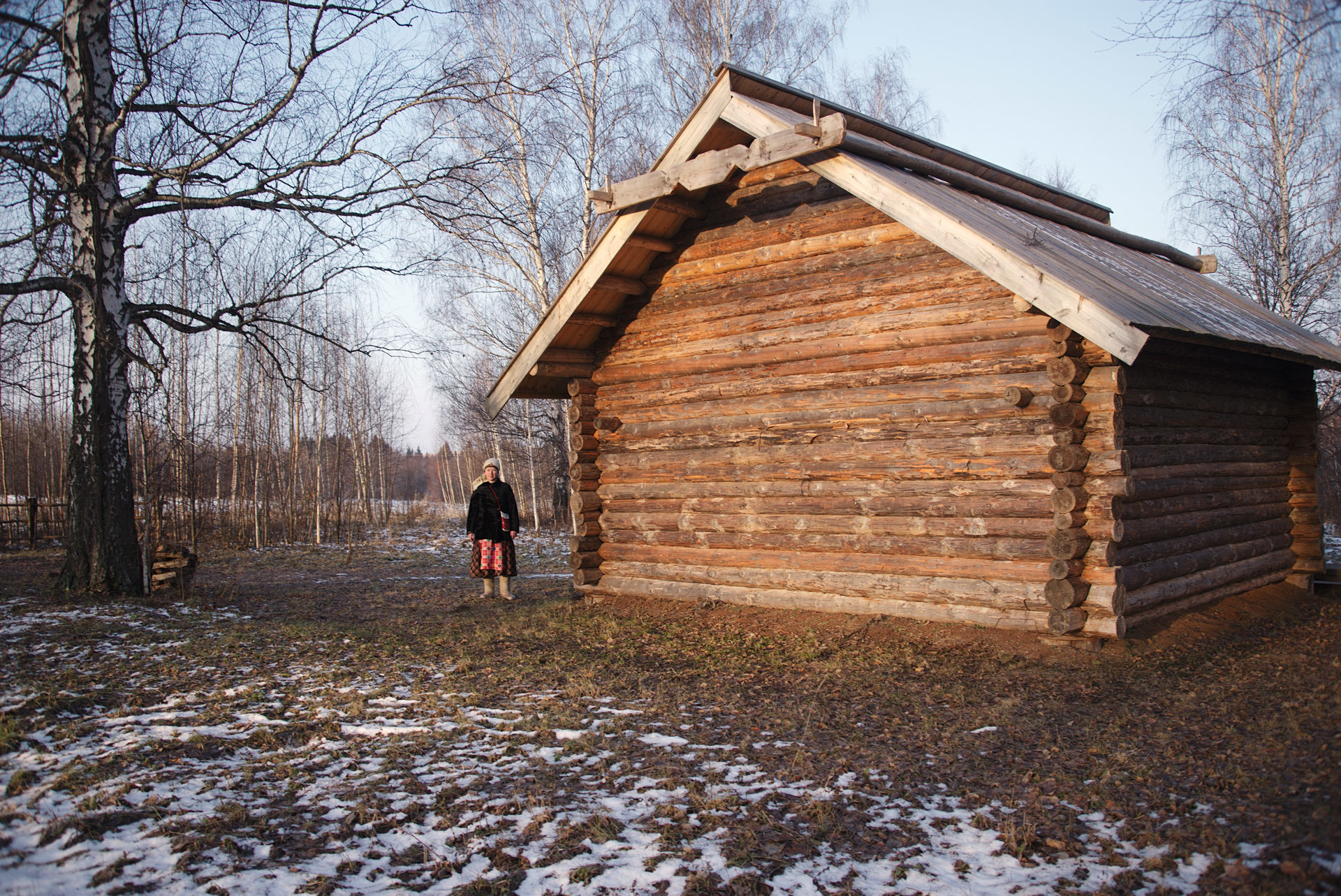
Sacred Kuala hut
Dmitry ErmakovMost of the Udmurts from the north and from the south live along the Kama and Vyatka Rivers in the Udmurt Republic, just like they did several centuries ago. In 2010 during the All-Russian
The second is appearance. In the
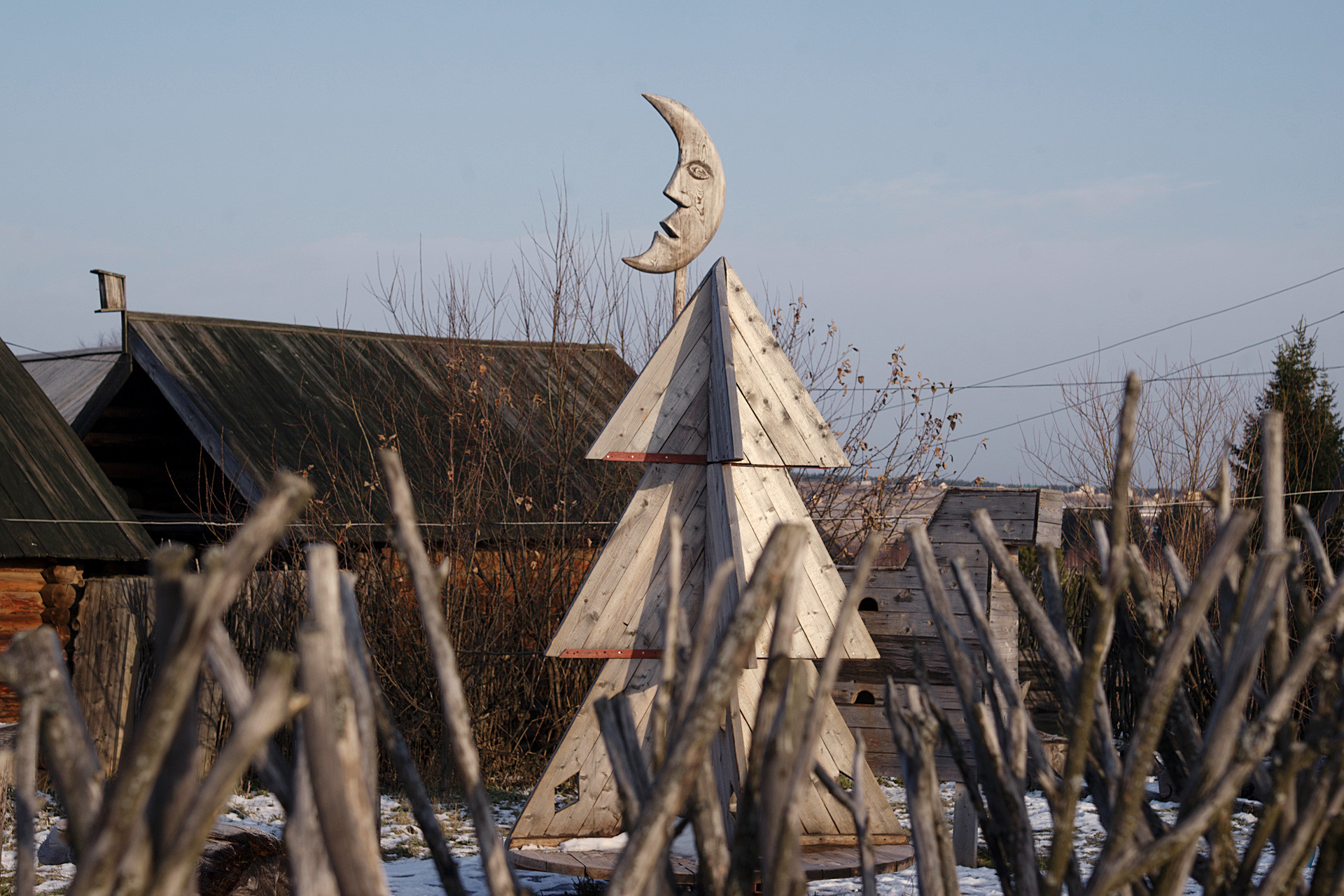
"Every Udmurt in his or her soul is a pagan".
Dmitry ErmakovPeople in every village remember how the Udmurts accepted Christianity. However, while some like to speak about it, others prefer to keep silent. The methods were not always clean. But according to Oduvanchik-Svetlana theory, faith is genetic. It can neither be sold nor changed. The Udmurts were called “the people of the forest,” and so they remained. The Udmurt language does not even have the word “city.” The closest word is
“We are not a rebellious people, we are not categorical. We can be very indignant inside, but we will not openly rebel. We swallow everything. ‘Just as long as no one touches us.’ Everything is done in a silent manner.”
This is basically how Udmurts entered Russia at the end of the 15th century. If this can be called “entering.” Unlike the neighboring Tatars, they had never had their own state. The people lived in small settlements and never had any governmental ambitions.
Then the Udmurts became ashamed of themselves…
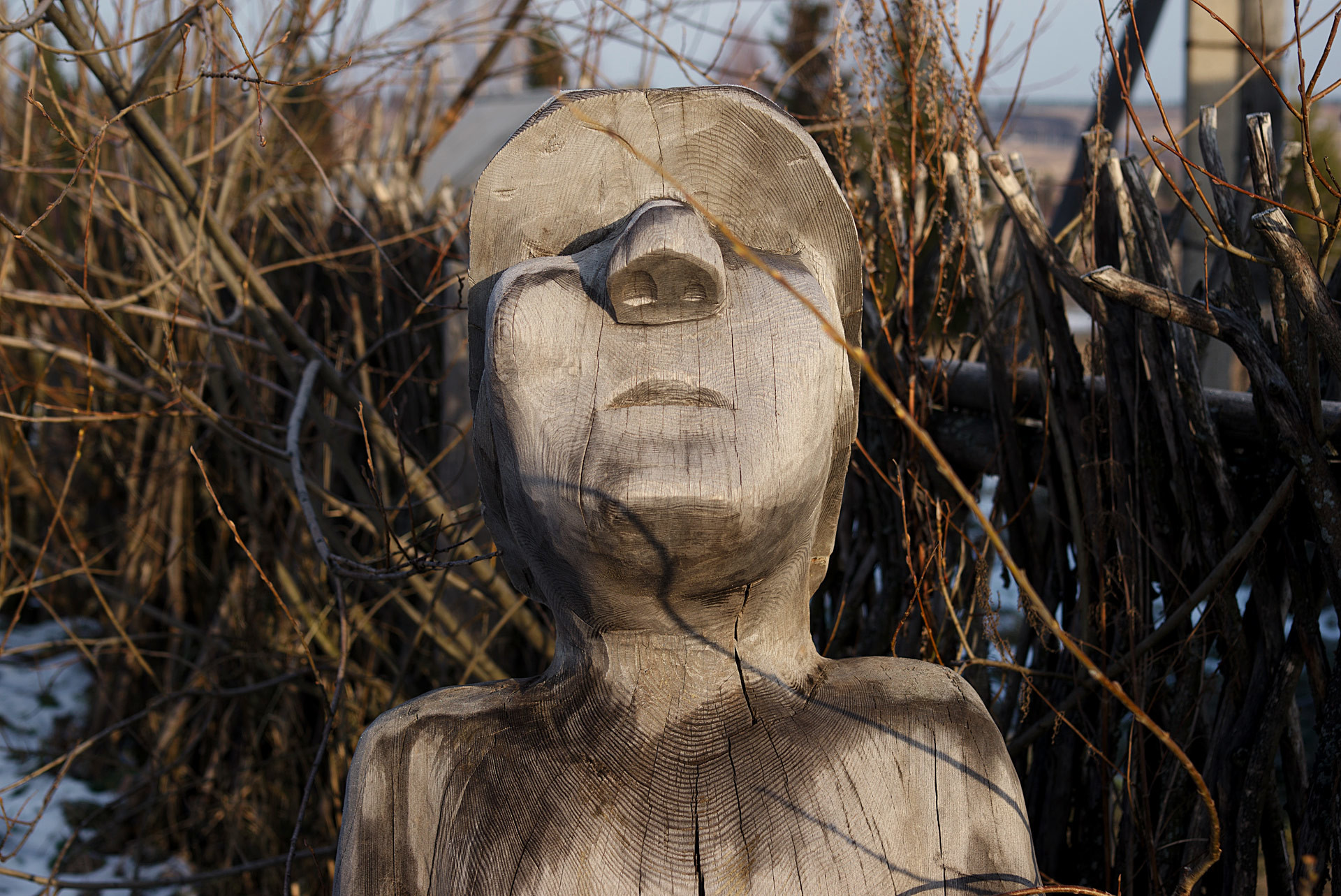
In 1960 70 percent of the Karamas-Pelga village was pagan.
Dmitry Ermakov“Being an Udmurt means being limited, narrow-minded,” explains Nikita, who lives in the Udmurtia capital of Izhevsk. This thinking comes from the Soviet past when Udmurtia became one of the country’s industrial capitals and Udmurts, as an uneducated village people, became synonymous with unskilled laborers.
“Today people speak openly about their origins, but before, you would have surely heard people say, ‘I’m not an Udmurt, I am Russian.’
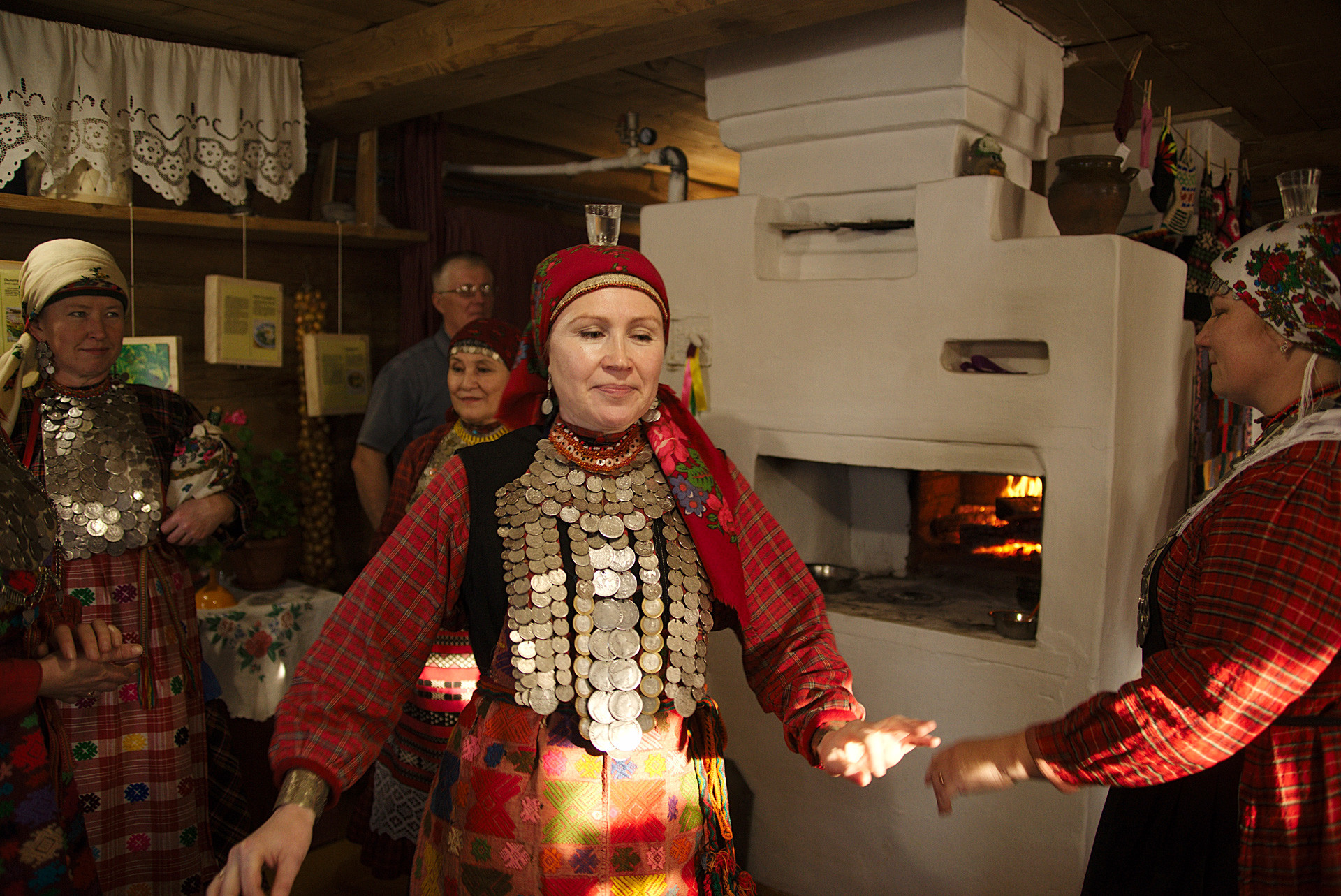
“Today people speak openly about their origins, but before, you would have surely heard people say, ‘I’m not an Udmurt, I am Russian.’
Dmitry ErmakovNikita’s acquaintance is slightly over 30. In her Udmurt family she did not hear much of the Udmurt language, therefore she does not understand her native tongue. The language is not taught in schools (only in some village schools), it is not heard on the streets and not seen on the signs. “Udmurts are modest people. Imposing something is not in their mentality,” notes Nadya, who for the last 15 years has been taking tourists to Udmurtia, showing them the people’s ethnic character, something that the Republic decided to promote to attract tourists.
Yet, there is a theory that this “modesty” also comes from being ashamed of the origins. Only now has national pride begun to show itself. Especially in the comic books, as strange as this is. Comic books written in the Udmurt language is the new trend.
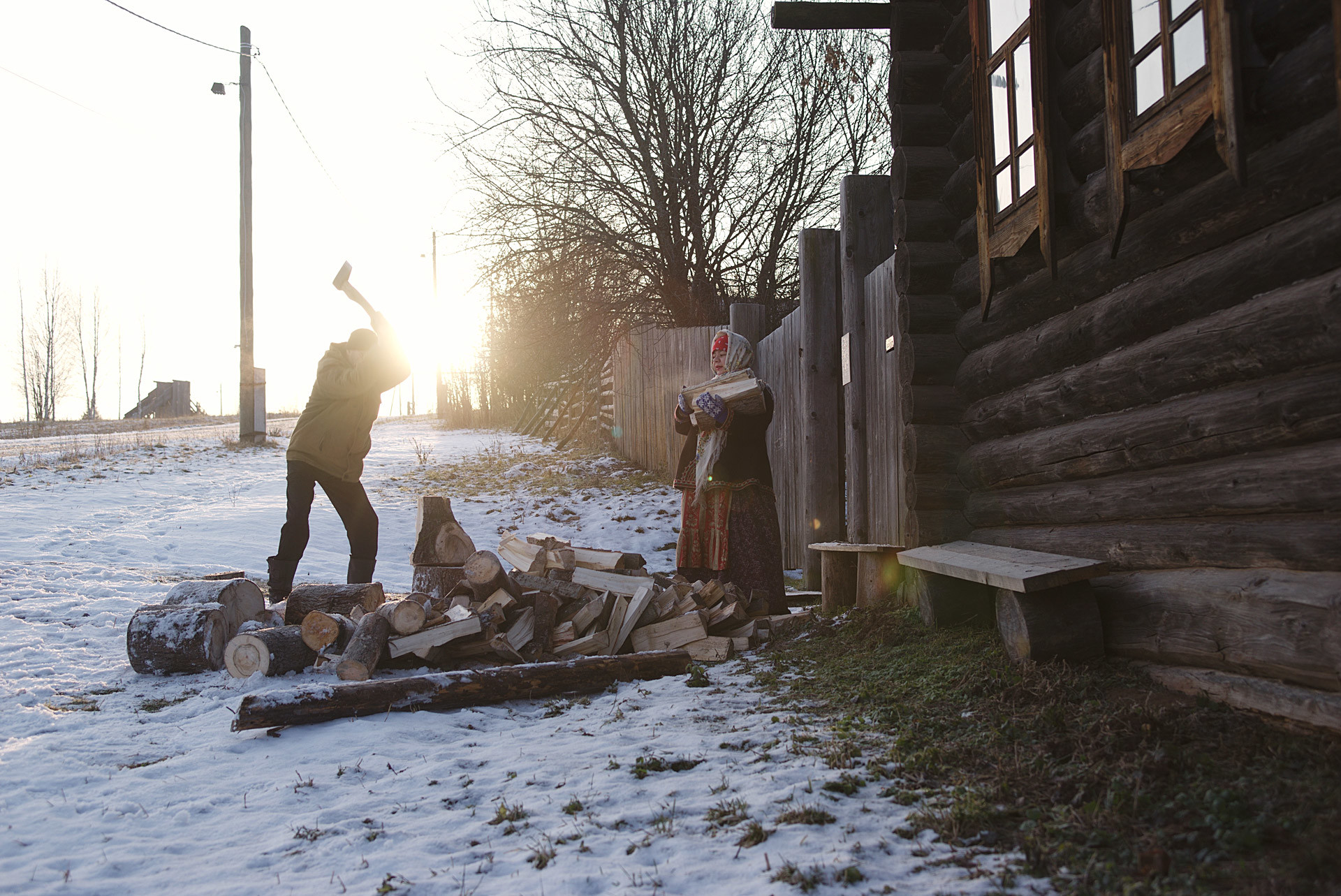
Some people live in villages that are 100 km away from the city.
Dmitry ErmakovToday the city is practically the only source of money. The Ludorvai village has gas, a school
In 1960 70 percent of the
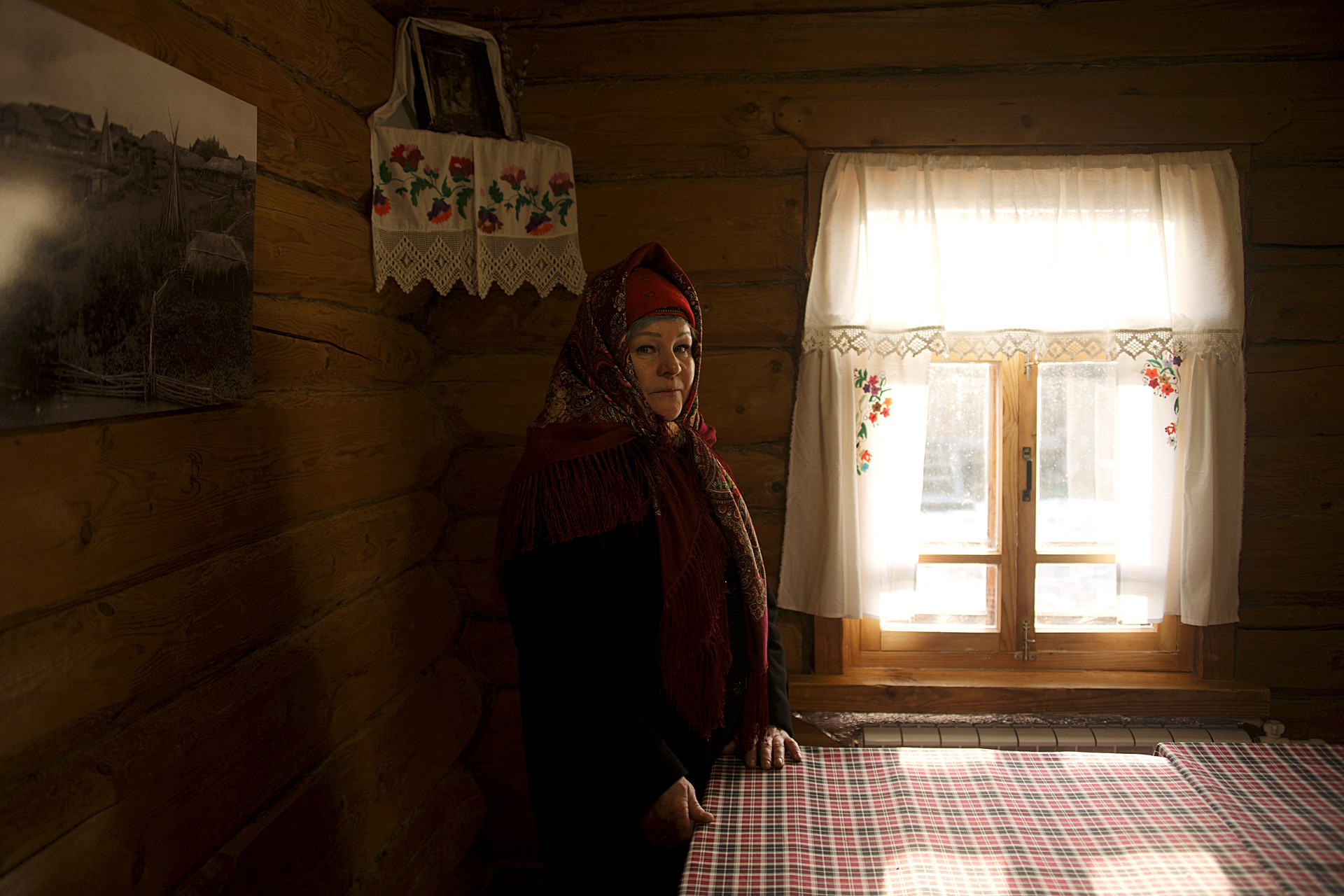
Anna Stepanovna
Dmitry Ermakov“I did not know my husband. I had seen him only a couple of times and never thought that I would marry him. But that is how it was done before. Today no, obviously…”
Today slightly over 1,000 people live in Ludorvai. The nearest city, Izhevsk, is 19 km away. Anna Stepanovna works in the museum with Oduvanchik. Before, they would walk three km to work, in any weather. Now they ride.
“All Ludorvai residents worked at the factories in Izhevsk, while Ludorvai had enormous fields and kolkhozes (the Soviet collective farms). Today there are no kolkhozes, only private farms. There is work but there are few workers. Some people live in villages that are 100 km away from the city. They just live there without ever going anywhere else. The houses are wooden, they have their own farms. Some people sell berries, depending on the season, others sell wood. The young people move out. They return to see their parents only on the weekends. There is basically nothing to do there.”

Anna Stepanovna works in the museum with Oduvanchik. Before, they would walk three km to work, in any weather. Now they ride.
Dmitry ErmakovMost of the Udmurts, having overcome the “dark people” stereotype, work in the factories, just like half a century ago. Incidentally,
But Udmurts are feared not because of the weapons. There is a popular rumor that they are sorcerers.
“They are shamans. They conducted healing ceremonies.”
“Shamanism has not disappeared. There were definitely some healing ceremonies.”
Anna Stepanovna’s voice becomes serious and deep. Her eyes are green, penetrating, intelligent. There was a story: A director of a kolkhoz floated a praying Kuala izba on a river and died a few days later. Perhaps it was a coincidence, but they say the Udmurts are capable of this.
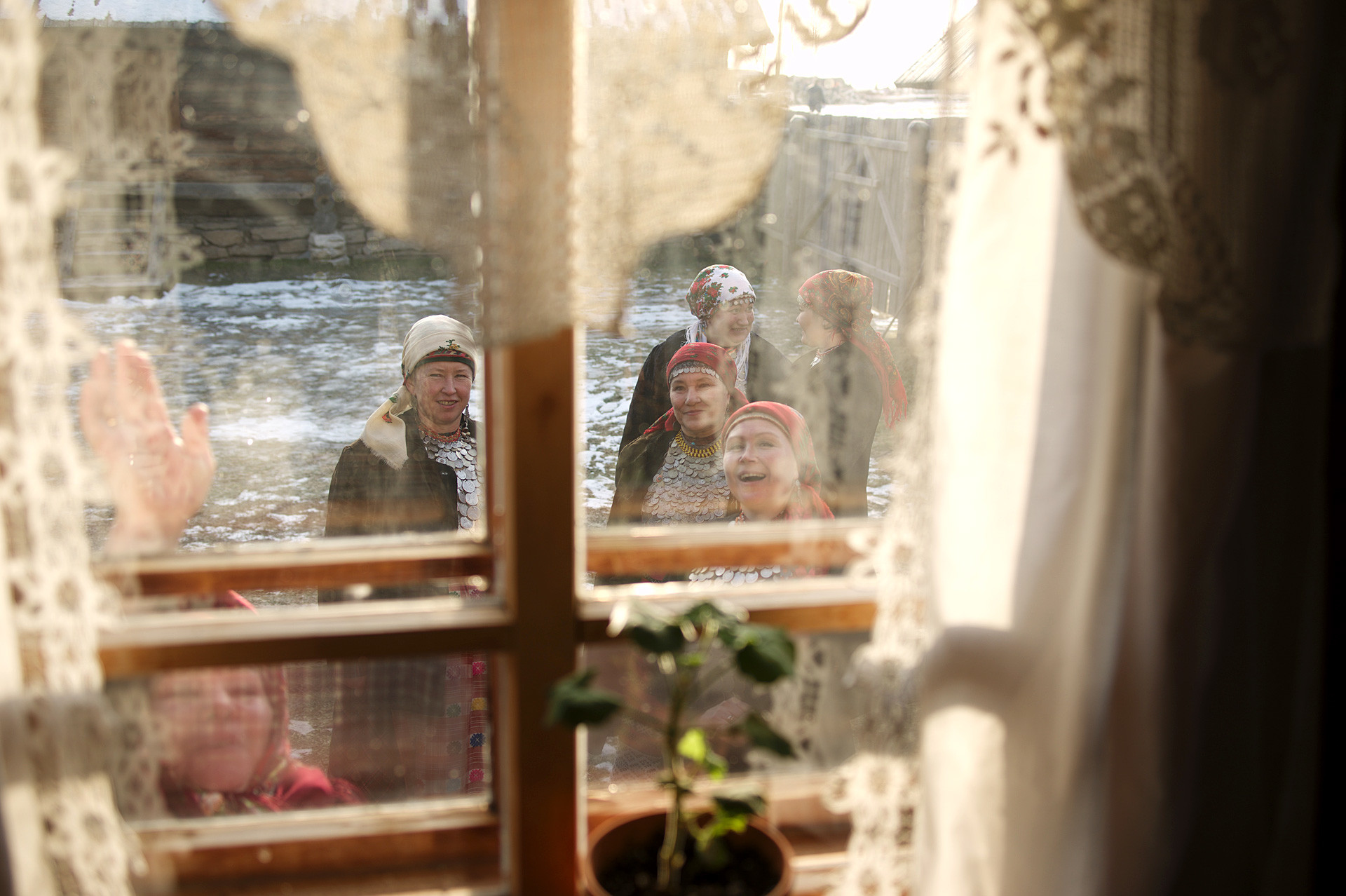
Ludorvai Reserve Museum
Dmitry ErmakovIf using any of Russia Beyond's content, partly or in full, always provide an active hyperlink to the original material.
Subscribe
to our newsletter!
Get the week's best stories straight to your inbox